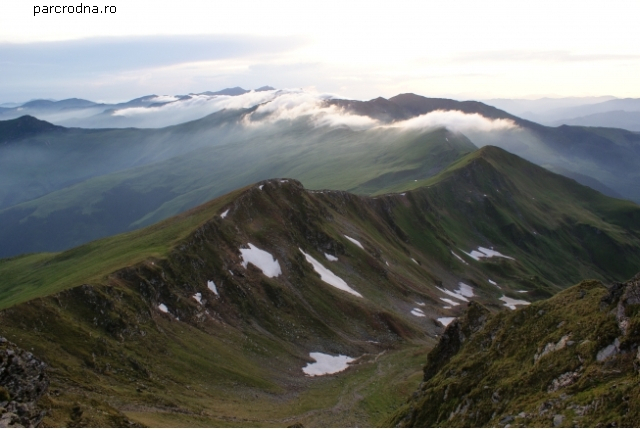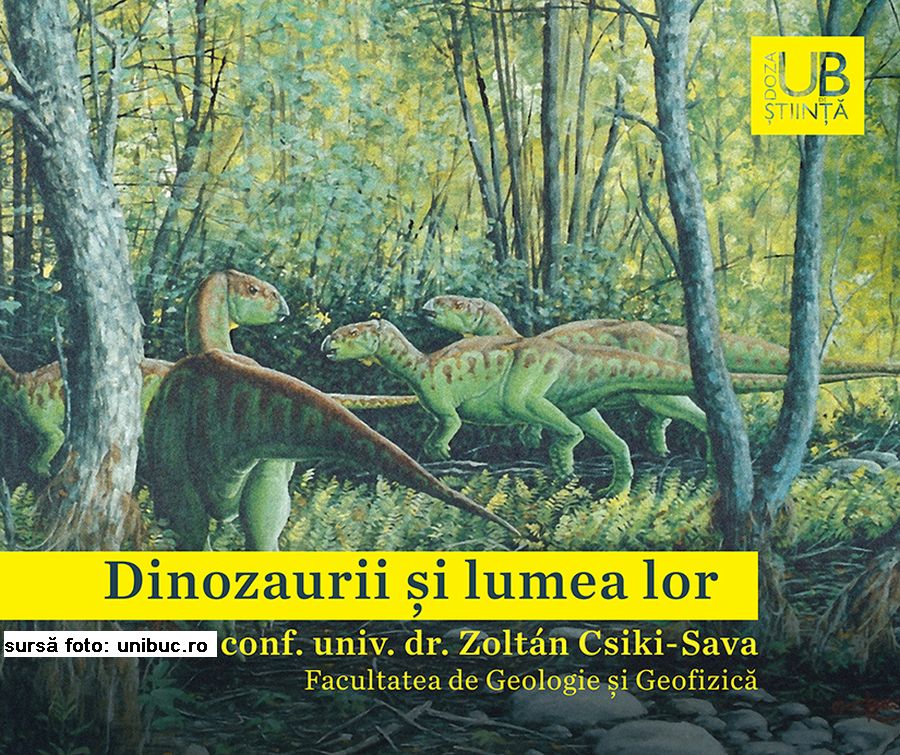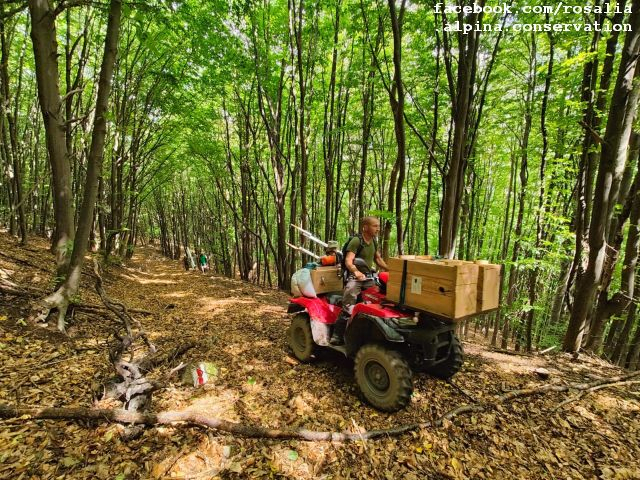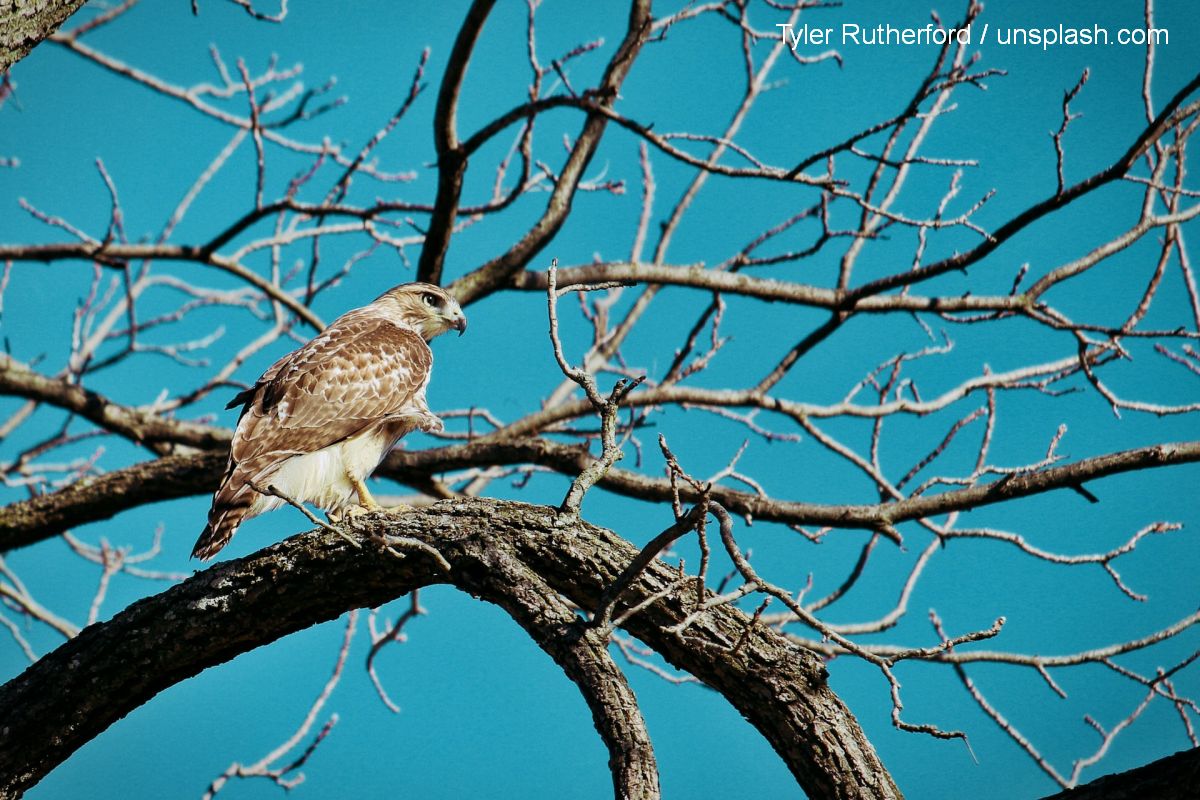The Rodna Mountains National Park
The largest protected area in Eastern Carpathians
Warning: Trying to access array offset on null in /home/web/rri.ro/public/wp-content/themes/rri/template-parts/content.php on line 53

Warning: Trying to access array offset on null in /home/web/rri.ro/public/wp-content/themes/rri/template-parts/content.php on line 98
România Internațional,
01.11.2019, 14:00
The Rodna Mountains National Park is the largest protected surface area in Eastern Carpathians. It is Romanias second largest park, after Domogled-Valea Cernei, with a surface area of 54,000 hectares. The Rodna Mountains National Park was created in 1932. At that time, the park had a mere 198 hectares of barren alpine surface area. In 2007, the park was designated a Natura 2000 Site. On the premises, you can find a wide range of natural areas having a multifarious scientific purpose. These areas are also of valuable interest in terms of relief, landscape, flora, and fauna and as regards speleological research. The Rodna Mountains National Park has many types of habitats: it has shrubberies, boreal and alpine pastures, mountain meadow lands, swamps, peat moors, as well as a spectacular, well-preserved glacier relief. The parks forests, pastures and rocky areas are home to a variegated and rich flora and fauna. It also has numerous rare Carpathian species, as well as species that can only be found in the aforementioned park. Here is the director of The Rodna Mountains National Park Administration, Lucia Mihaela Poll:
“We have the rush light of the Rodna Mountains, the catchfly, which is a one-of-a kind species around the world, with its little pink flower. We have more than 2,000 species of superior plants, species of glacier relics, protected species, such as the spotted gentian, the garden angelica, the broadleaf Rhododendron. We also have the yew tree, the stone pine, we have more than 600 species of butterflies, 12 species of earthworms, but also many species of birds, such as the black grouse, the area being one Romanias last such regions where that species can be found, the wood grouse, the golden eagle. In the mountain waters we have such fish species as the huchen or the Danube salmon, the trout, the grayling. As for mammals, we have lots of chamoix, with the number of specimens growing significantly. We have families of marmots, the red deer, the roe deer, the bear, the wolf, the lynx and the wild cat. Although around ten hunting areas are part of the Rodna Mountains National Park, we have robust populations of bears, but we had no problem with bears attacking humans in urban areas. Right now theyre up in the mountains, where they can still find blueberries, blackberries, raspberries…. We have more than 100 specimens of bear in the park, we know their dens, we have more than 110 sheepfolds, transhumance is practiced year after year, while during summer, bears pay visit to some of the sheepfolds, but they dont attack people. “
The chamois is an iconic species living at high altitudes in the Carpathians. It has been declared a “nature monument” ever since 1933. It is a protected animal, and is one of Romanian faunas most precious species. The chamois, the golden eagles, the red deers and the eagles animate the wild landscape of Rodna Mountains alpine ridges. It may not pose an indirect or a direct danger to people, it may not do any sort of damage whatsoever, yet the chamois has been, as of late, included on the list of the animals that can be hunted. The decision has intrigued the ecologists, who have been vocal calling for the protection of the chamois.
Mihaela Poll:
“Before 1928, in Rodna Mountains, there were between 120 and 160 specimens. During the Second World War, they were exterminated, then in 1964 repopulation was started all over again, with yeanlings brought over from the Bucegi massif and the Retezat. Of those yeanlings, in 1967, there were eight to ten specimens that had been let loose. In 1990, the reported number of such specimens reached 320 or thereabouts, while in 2004, when the Rodna Mountains National Park Administration was established, 36 specimens were seen in the spring, and 61 in autumn. Then it was us who began the repopulation. In 2004, eight specimens were brought, from Bucegi and Retezat. In 2019, during the spring assessment, we had more than 120 specimens of chamois, while the autumn assessment is scheduled in a week from now. But you should know the chamois does exist. There are many tourists who saw them. We have large droves of 50, 60 such specimens. Here in the National park, hunting is forbidden, and the chamois is a rated as a nature monument as were trying to protect it. Yet we have been confronted with problems, related to poaching, but also regarding diseases. The chamois may die of heart attack, if she gets scared. Very few people know that…However, as of late, since it was peace and quiet in the mountains, they managed to breed.”
All across the Rodna Mountains National Park, you can find many nature reserves. On the northern slope, you can find one of Romanias most spectacular waterfalls, the Horses Waterfall, which can be found at an altitude of 1,300 meters. It was also in Borsa that the Iezer Lake can be found, which is also known as the unfathomable lake, located under the Pietrosu peak, at an altitude of 1,825 meters, it is a glacier lake, surrounded by barren and wild peaks, which are part of the Pietrosu Mare scientific reserve. One of Romanias biggest glacier lakes is the Lala Mare Lake, lying at an altitude of 1,815 meters. It is teeming with trout and surrounded by the broadleaf Rhododendron, a protected species. Glacier relictual flower species can be found in the marshy areas nearby, such as the Edelweiss or the yellow gentian.
Mihaela Poll:
“We have The Daffodils Clearing, at an altitude of 1,600 meters. We have been carefully monitoring it since 2007 and from a mere couple of hundred square meters in terms of surface area, it reached almost six hectares last year. Tourists come over in large numbers to admire them, in May. Pietrosul Mare is home to a couple of glacier lakes, unique around the world. Pietrosul is the tallest peak of eastern Carpathians, 2,303 meters, here we have all sorts of species, many families of marmots, and a lush vegetation…We can also find here karstic springs, valleys, limy steep slopes, groves, pastures, grasslands, juniper bushes, coniferous or deciduous forests, as well as mixed forests. Not only that massif, but the Rodna massif in its entirety, as we speak, at least, offers a breath-taking landscape. Each season has its own beauty”.
Around 2,300 hectares of the Rodna Mountains National Park are declared strictly protected areas, because of the protected areas of an utmost scientific importance, including wild areas where the intervention of man was extremely low. More than 800 hectares of old-growth forests are to be included in the National Catalogue of Virgin and Quasi-Virgin Forests.






























